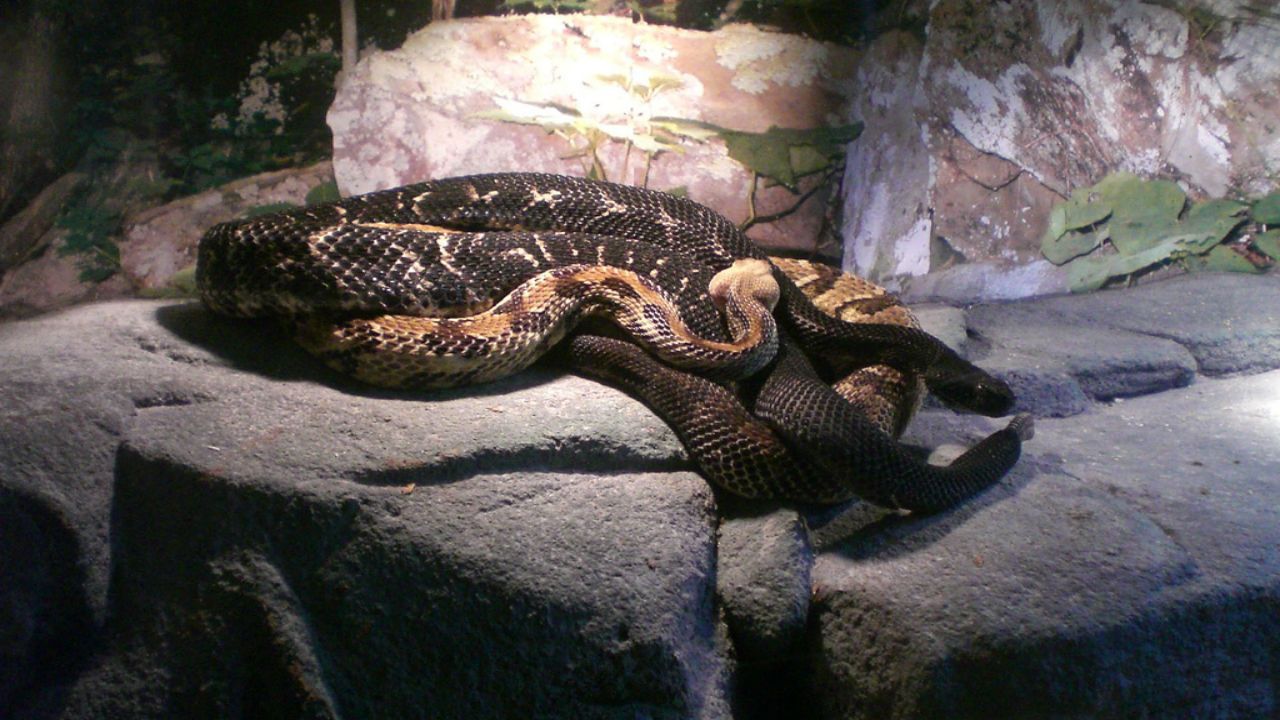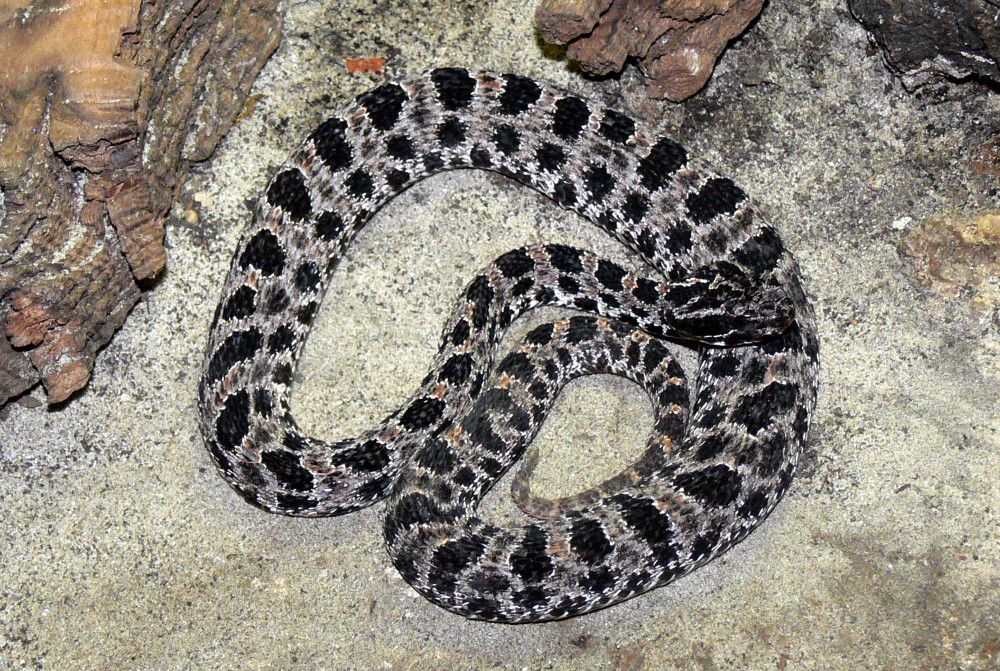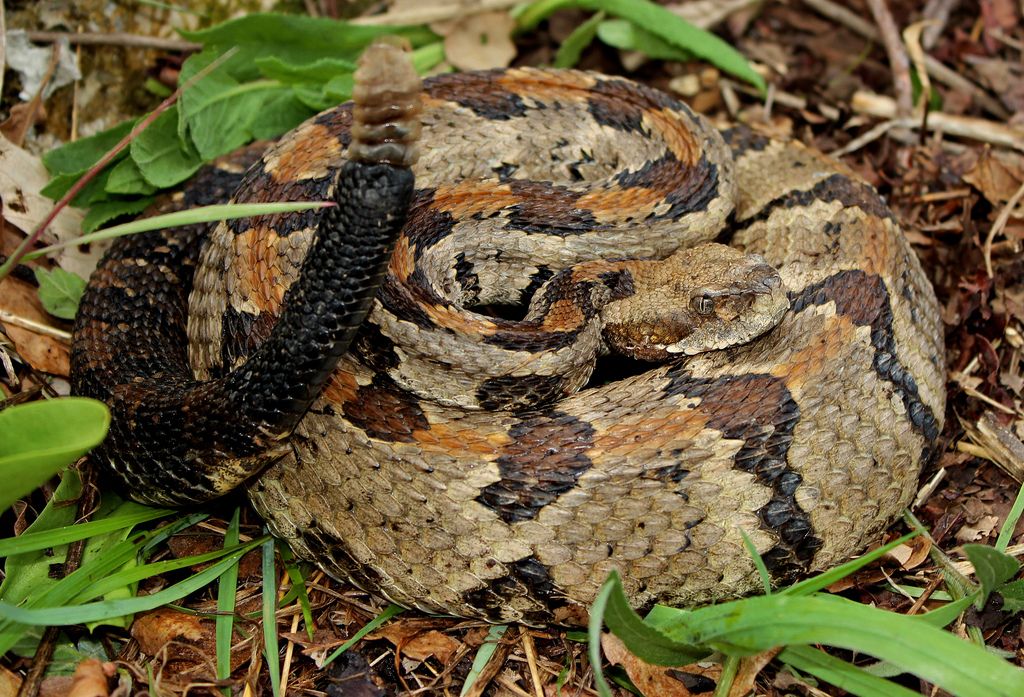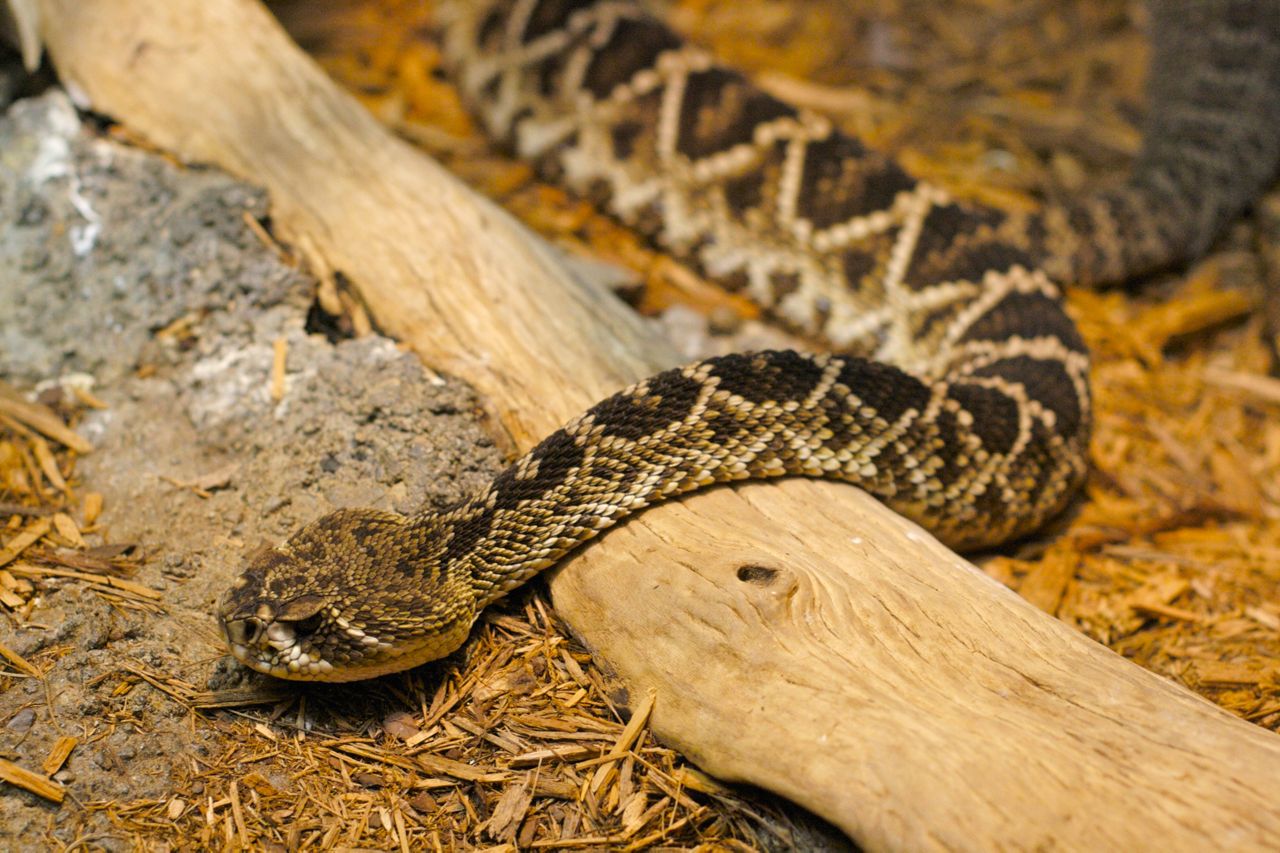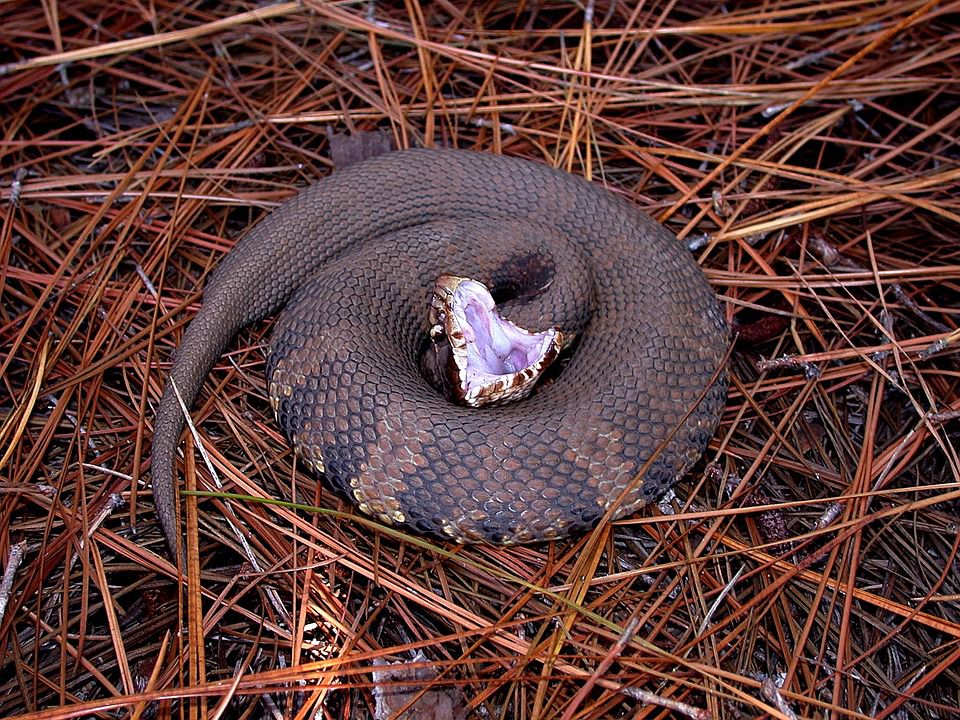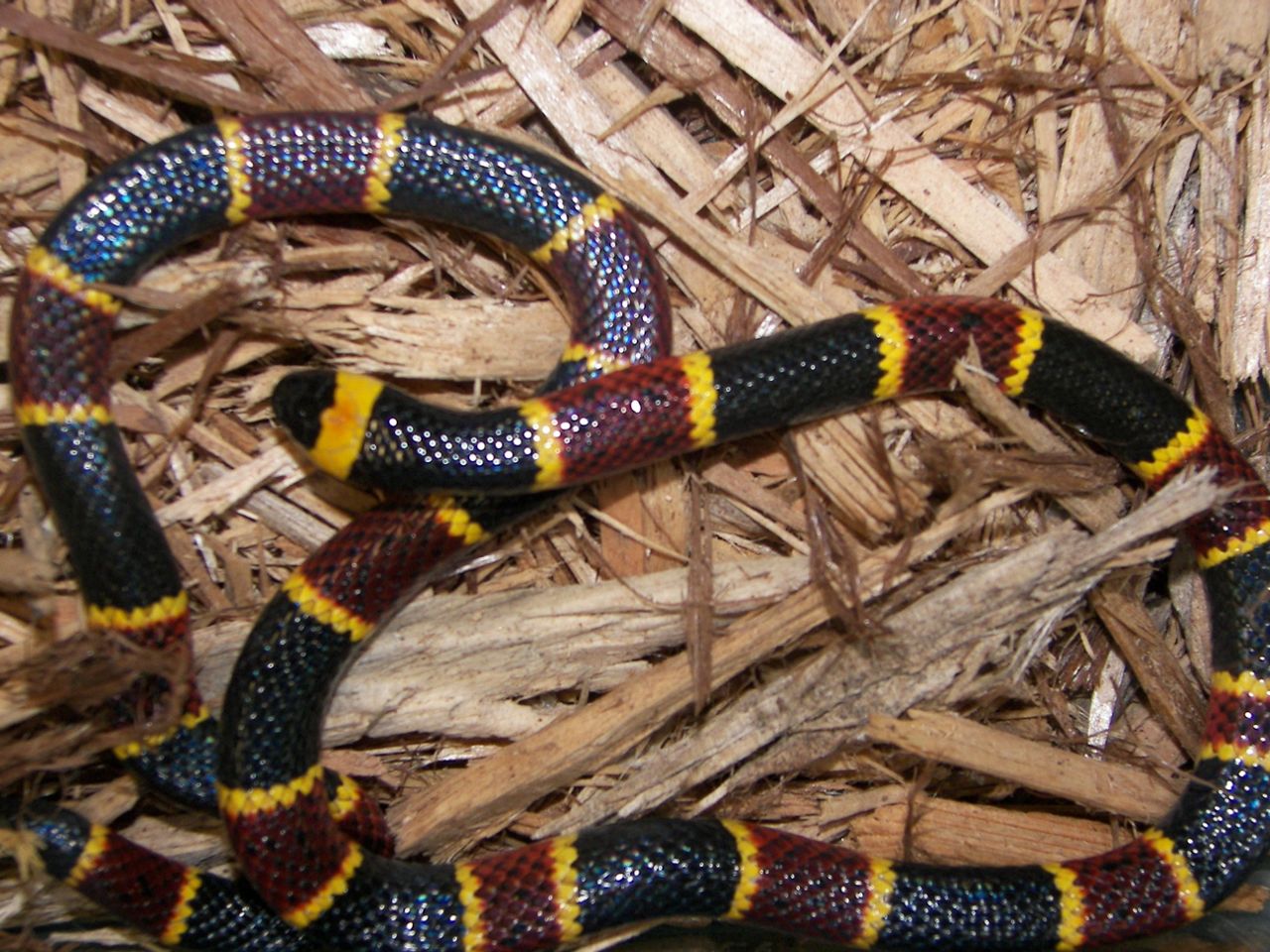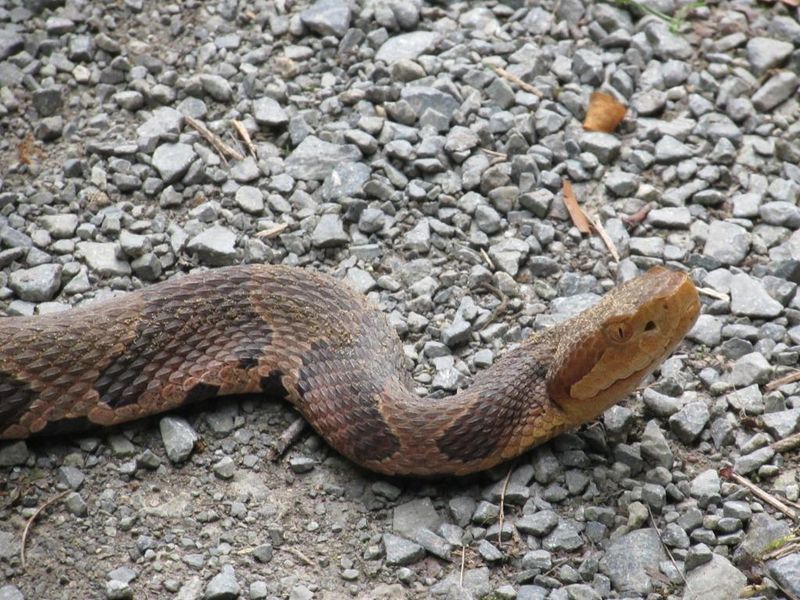NORTH CAROLINA – Before you scroll to read, click through the snake picture gallery above to test if you know which NC native venomous snake is which.
Now, imagine you were to see a snake right now, what would be your first reaction? Would you panic and scream? Pass out? Try to distract or kill the snake? Chances are if you do any of these things, you’re putting yourself in more danger. According to the North Carolina Wildlife Resources Commission, you should leave it alone and walk away. But, if you see one and you're eager to find out what kind you're dealing with, read on.
The Wildlife Resources Commission says there are 38 snake species native to North Carolina. Of those 38, only six are venomous:
- Found statewide in mostly forested areas
- Average adult length between 2 and 3 feet
- Mate in the spring and fall; females give birth to 3 to 14 young during late summer or early fall
- Found in most habitats associated with water
- Average adult length between 3 and 6 feet
- Mate in spring and fall; females give birth to 3 to 14 young between August and October
Eastern Diamondback Rattlesnake
- Found mostly in sandy, coastal areas
- Adult length between 4 and 5 feet
- Mate in August and September; females give birth to 7-21 young next fall
- Usually found in forests in the southeastern Coastal Plain and in the Sandhills
- Average length of 1-2 feet
- Females give birth to 3-9 babies in late summer or early fall
- Usually found in forests (moutains and Coastal Plain)
- Averages 4-6 feet in length
- Mate during late summer or fall; females give birth to 5-20 young next year
- Live in sandy areas and underground most of the time
- Average 2-4 feet in length
To learn more about venomous and non-venomous NC snakes, click here.
Answers: 1) Pigmy 2) Timber 3) Eastern Diamondback 4) Cottonmouth 5) Eastern Coral 6) Copperhead



